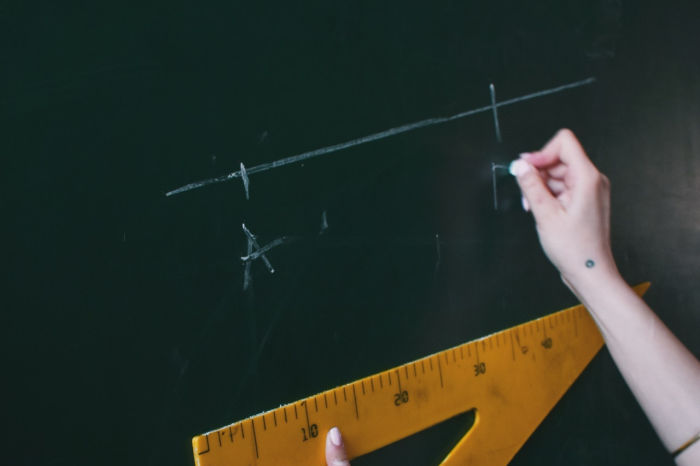
“I was in the 1200 building, which is where the shooting happened,” Brooke Harrison says. “And Alaina, Alyssa and Alex all died in my classroom and eight people total were shot in my classroom. Everyone that was around me where I decided to try to hide was either shot or killed.”
Brooke Harrison and Lauren Hogg were freshmen when they survived one of the worst school shootings in American history. And now they are graduating.
They had one “normal” semester. Because trauma doesn’t just happen and disappear. When your world is turned upside down, trauma keeps it that way.
It is actually hard to say what it is that we expect. We often have quite a few responses to tragedy. Often taking the form of thoughts and prayers. And with them, an unrealized fear that it could happen to us. Or someone we love.
Avoidance
Mostly, however, we respond to tragedy with avoidance. We tend to hide from the pain and try to “get over it” as quickly as possible. Our concern often lasts the length of the news cycle.
Trauma, however, doesn’t disappear as the thoughts leave our minds and prayers leave our lips. It lasts. Trauma sticks around. And changes us.
The idea that we can impose “normal” in the wake of trauma is a radical and undisciplined rejection of reality. It is a rejection of learning, growing, and becoming whole after trauma transforms our world for the illusion of calm. A placid simulacrum of reality imposed like malicious code in a virtual reality.
Faking a resolution
Perhaps this is why that phrase repeated by politicians, “thoughts and prayers” rings so hollow to so many who experience trauma. Because it is something worse than a performative act It isn’t physically real: it’s virtual reality.
To watch a politician speak of prayer: not a priest or a pastor, but a politician: whose work is to physically protect us, serves to simulate real action. The performative concern of politicians acts like the uncanny valley.
The idea of the uncanny valley deals with how our brains process the tipping point between real and unreal. Animators can make a character look too real for our minds to appreciate. If it looked less real, we could appreciate that it is animated. But when it begins to look real, it isn’t quite real enough. The figures begin to look sickly, distorted, like something is wrong with them.
Politicians offer the uncanny valley.
We know “thoughts and prayers” is fake because they did nothing else. Unlike so many pastors, priests, bishops, and millions of activists and people of faith, who offered thoughts and prayers and were moved to act, our politicians continue to resist acting in their sphere of influence.
“For two years after the shooting, I thought that the reason why these things kept happening is because they just needed to hear one more story. Politicians just need to hear one more voice,” says Hogg. “And so as a child I tried to do that. And then I got older and I worked more and I realized that it’s not that they don’t know what to do — they choose not to.”
Surviving
These kids have grown up with trauma that has changed them. And us. Like thousands more across the country. Trauma that we pretend is, first, theirs to bear, and second, theirs to overcome. Victims on the one hand and people who just need to “get over it” on the other.
Of course, we will praise them for their grit and resilience. We’ll commend them for surviving. Which is a way of avoiding the unpleasant truth that they lost classmates to death by suicide.
We will act as if this is theirs alone to resolve. Not ours. Not our trauma or responsibility. While first-graders prepare to hide from gunmen in drills at school, we pretend there is nothing for us to do. Better to just ignore it all. Pretend.
The very thing that prevents healing.
